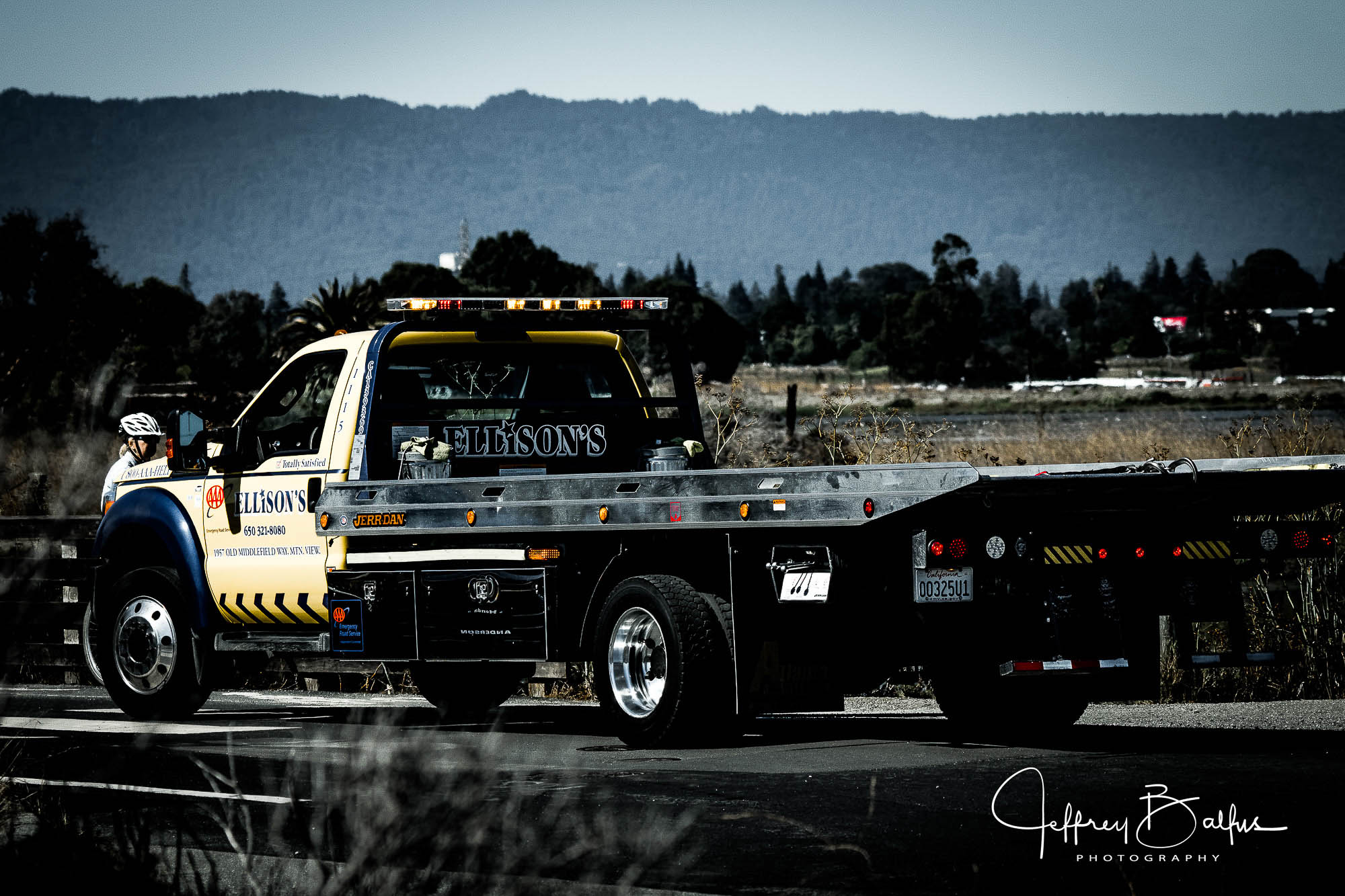Bleeding hydraulic systems on a tow truck can be a difficult process, but is essential for proper operation. If not done correctly, it can cause serious damage to the system and even lead to costly repairs.
It’s important to understand the basics of how to bleed hydraulic systems before attempting this complex procedure.
The first step in bleeding the hydraulic system of a tow truck is to ensure that the power is off and all lines are disconnected. This will prevent any accidental releases of pressure, which can cause serious harm or even death. Once this has been done, the next step is to check all connections and valves for any signs of leakage or other issues.
Once any potential problems have been identified and addressed, it’s time to begin the actual bleeding process. The most common method of doing this is by using a bleed screw located near the top of the pump housing where fluid enters and exits. This bleed screw should be opened slowly until a steady stream of air bubbles come out.
Once the air bubbles have been released, it’s time to close the bleed screw and fill up the reservoir with new fluid. The fluid should be specifically designed for hydraulic systems and should not contain any water or other contaminants that could damage the system. After filling up the reservoir, start up the tow truck and allow it to run until all air bubbles have been removed from the lines.
Finally, you should test out your newly bled hydraulic system by performing several small tests such as moving an object with its hydraulics or adjusting its height while in motion. If everything works as expected, you should now have a fully functional tow truck with no further need for bleeding its hydraulics.
In conclusion, bleeding hydraulics on a tow truck can be difficult but is essential for proper operation. It’s important to take all necessary safety precautions before attempting this procedure as well as understanding how each component works together in order to avoid any costly repairs or accidents.
7 Related Question Answers Found
Tow trucks, also known as wreckers, are used to transport other vehicles from one location to another. They typically come equipped with hydraulic systems that enable them to lift and pull vehicles. To ensure that these hydraulic systems operate efficiently and safely, it is important to use the correct type of hydraulic fluid.
Tow trucks are an essential part of the road transport system, used to move damaged or disabled vehicles from one place to another. To ensure that tow trucks are able to operate reliably and safely, it is important to use the correct type of hydraulic fluid in the hydraulic systems. Hydraulic fluids are used in a wide variety of applications, from simple hydraulic brakes in cars and trucks, to more complex systems such as those found on tow trucks.
Tow trucks are a staple of the automotive industry, providing emergency roadside assistance to drivers in need. A vital component of any tow truck is its hydraulic system, which uses hydraulic fluid to help lift and move heavy objects. When it comes time to replace the hydraulic fluid in your tow truck, you need to make sure to use the correct type of fluid.
Tow trucks are an essential service for motorists in need of roadside help or towing services. They are driven by experienced operators who know how to safely and responsibly tow vehicles. To ensure their tow trucks always perform at peak efficiency, operators must use the correct hydraulic fluid.
Tow trucks are essential to modern life and they rely on hydraulic oil to power their lifts. The hydraulic oil used in tow trucks is specifically designed for this purpose and plays a critical role in the safe and efficient operation of the vehicle. It is important to select the right type of oil for your tow truck, as the wrong choice could cause serious damage to the lift system.
A rotator on a tow truck is an essential piece of equipment that helps tow operators pick up and transport vehicles. The rotator is a large, powerful winch system mounted on the back of the tow truck that enables it to lift, rotate and securely hold a vehicle in place. It’s used to safely recover vehicles from difficult situations, such as when they’re stuck in mud, snow or sand.
Towing a large truck or trailer often requires the use of a tow truck, which can be a complicated task. Knowing how to grease a tow truck properly is essential in ensuring that the job is done safely and efficiently. Greasing your tow truck will help to keep it running smoothly, and will help prevent costly repairs down the road.
